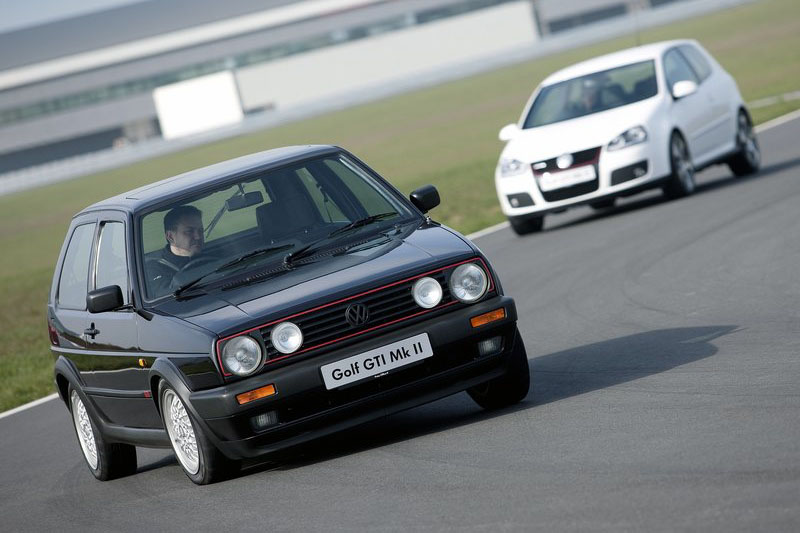
As we roll through our little Volkswagen Group celebration here on Speedhunters, it was only fitting that we take a look back at one of the most iconic and influential automobiles that Volkswagen has produced: the Golf GTI. For seven generations and close to four decades now the GTI has been delivering affordable thrills to car enthusiasts across the world, and has secured itself a place as one of history’s great performance cars.
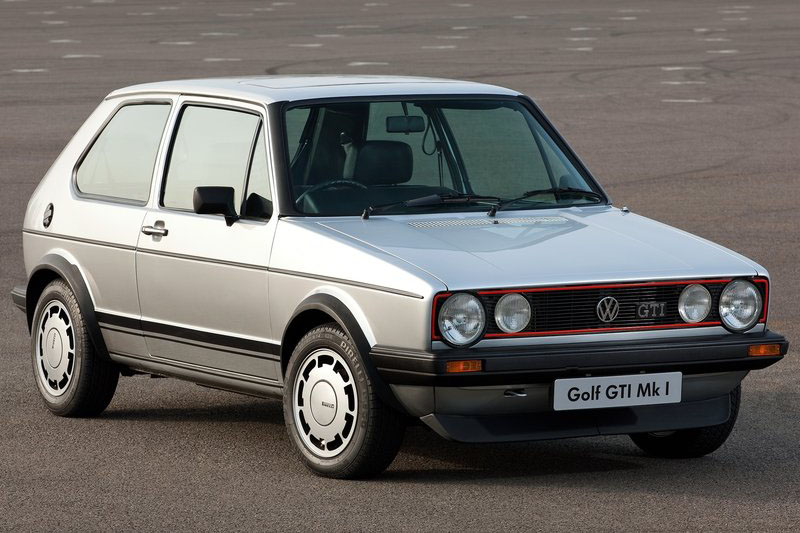
The legend of the GTI began at the Frankfurt Motor Show in 1975 when Volkswagen decided to debut a hotted-up version of its front-wheel drive Golf compact car. By this time the Golf had already been on sale in Europe for about a year, and was well on its way to following in the steps of the Beetle, which it had been designed to replace as a car for the masses.
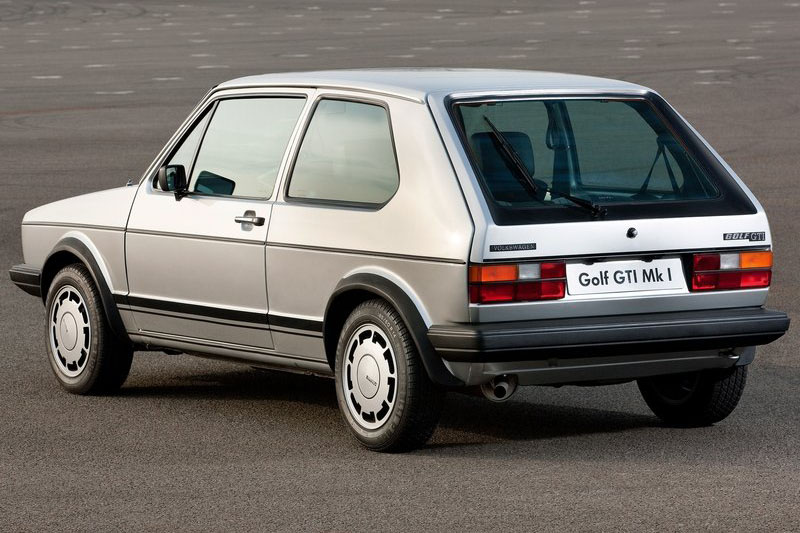
What the GTI did was take the basic architecture of the Mk I Golf and raid the parts bin to make something that was both fun, efficient and usable. The Mk I GTI came equipped with a 1588cc four-cylinder engine with a groundbreaking K-Jetronic mechanical fuel injection system.
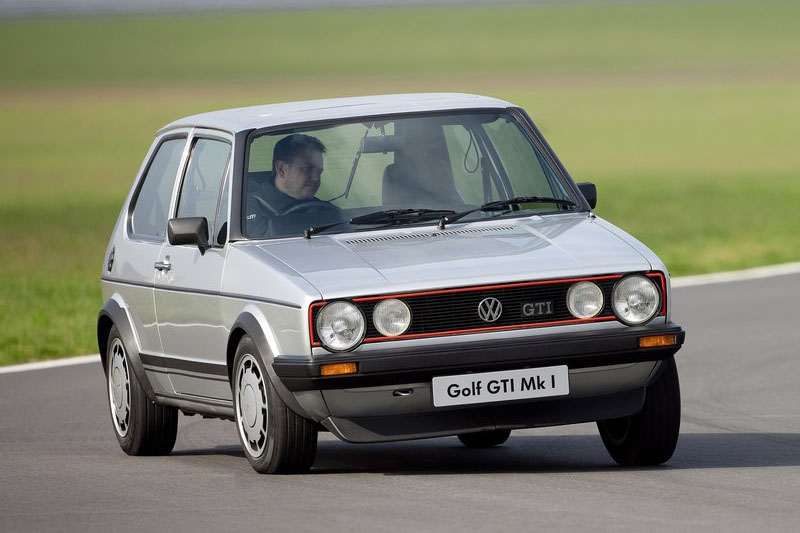
The Mk I made 110ps, which doesn’t sound like much by today’s standards, but was a very impressive number for the mid-1970s. Better yet, the the car weighed less than 1,800 lbs, allowing a sprint from standstill to 60 miles per hour in about nine seconds.
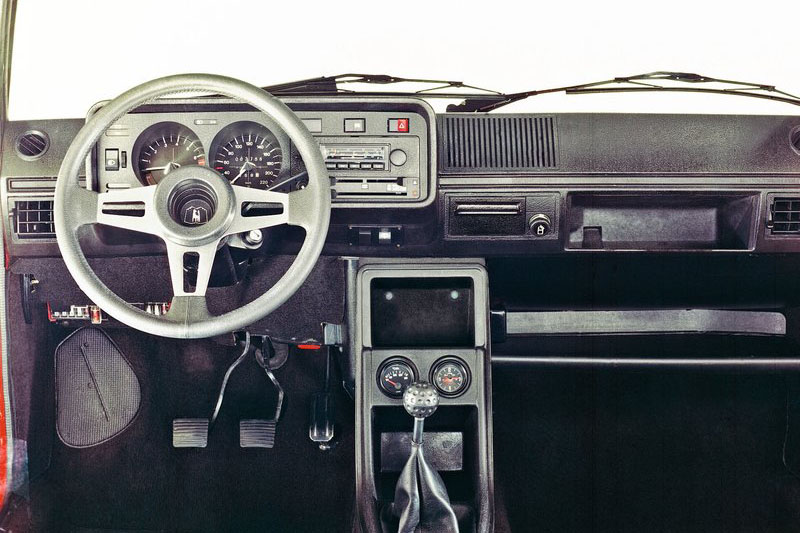
But even more importantly, the Golf GTI broke ground in being the world’s first true hot hatch. The car brought the performance and fun factor of traditional sports car without sacrificing any of the practicality that made the basic Golf so popular. It was also easy on fuel, which was especially important considering the climate of the decade.
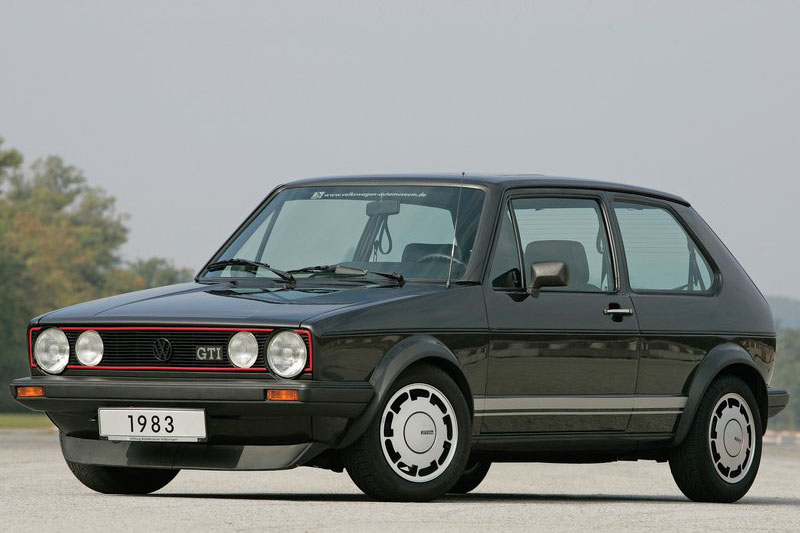
The GTI was a car that felt just as at home on a winding back road as it did commuting to work, or heading out on a family shopping trip. Because of its relatively affordable price, the Mk I GTI became an extremely popular car across the world, including in the United States where it debuted in 1983 as the locally-assembled Rabbit GTI.
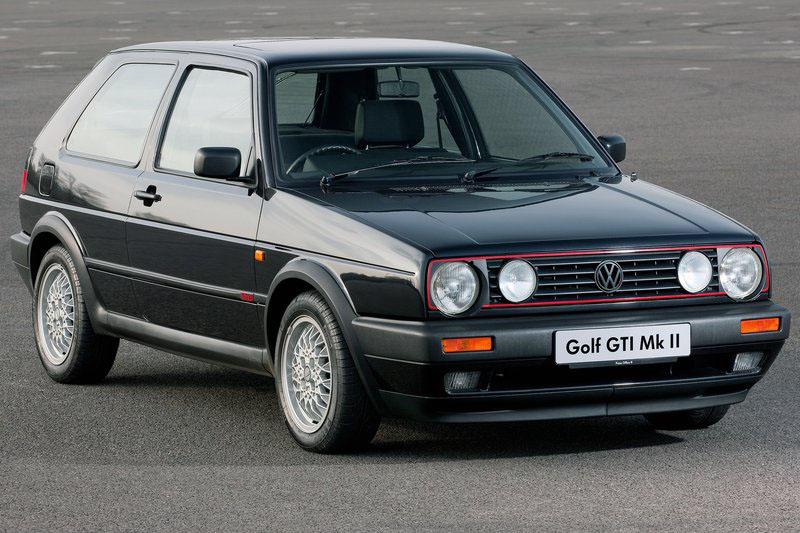
Based on the success of the first generation of the GTI, it’s not surprising that Volkswagen took more of an evolutionary step when it came time to introduce the second generation. It was an approach that would continue in the decades to come, with few major changes between generations. The Mk II car was still immediately recognizable as a Golf GTI, but one that had been modernized for the times.
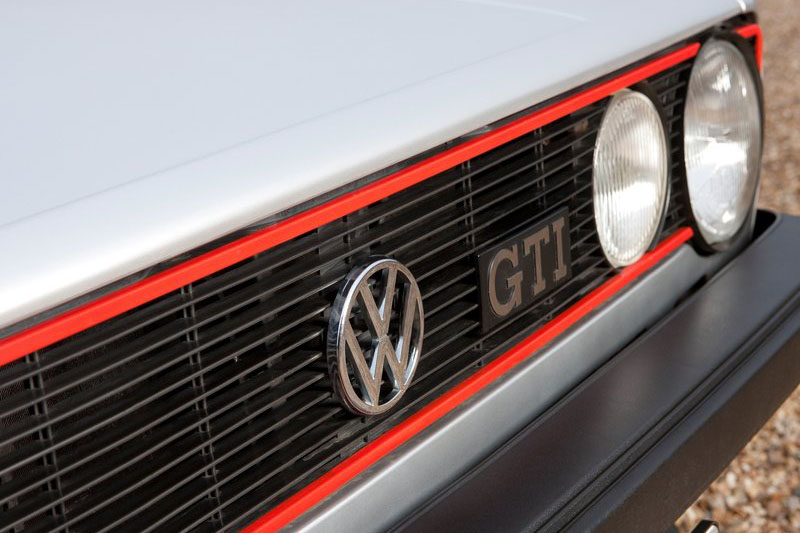
The car took the formula established with the Mk I and went for a series of improvements inside and out. The engine line-up grew to include 1.8L and 2.0L 16-valve engines, and there was even a version of the car offered with the supercharged G60 motor made famous by the Volkswagen Corrado.
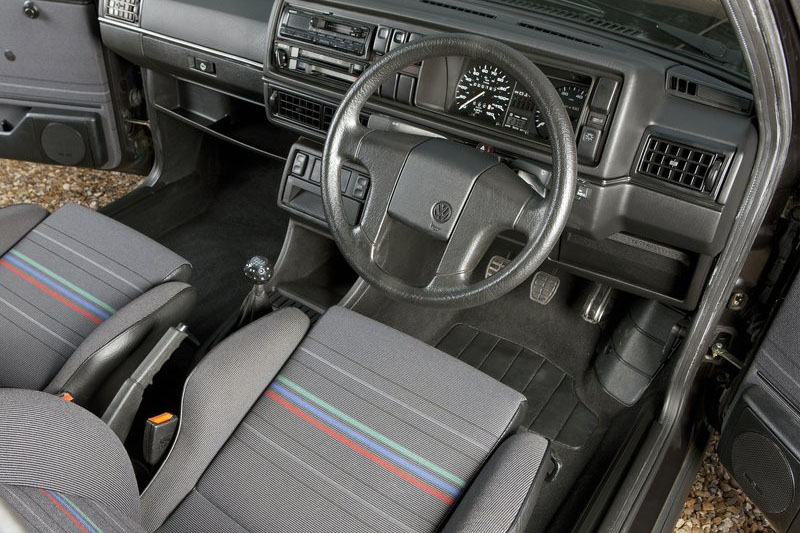
Inside, the Mk II GTI’s cockpit was a lesson in German simplicity, and along with the addition of more potent powerplants is a big reason why the Mk II has remained a big favorite of VW enthusiasts to this day.
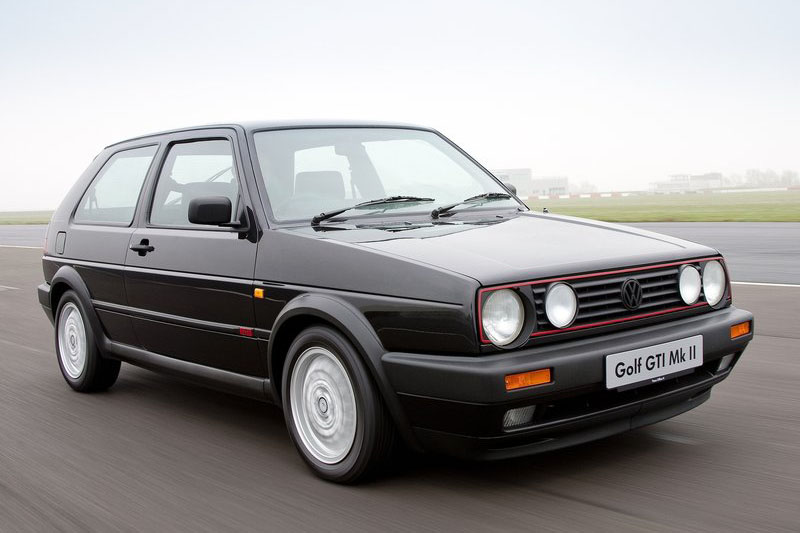
While the Mk II GTI was met with strong sales and plenty of praise from the automotive press, it was also facing increased competition from other European models, as well as those from Japan. The newfound competition was something that VW certainly took into consideration when it came time for the third generation GTI.
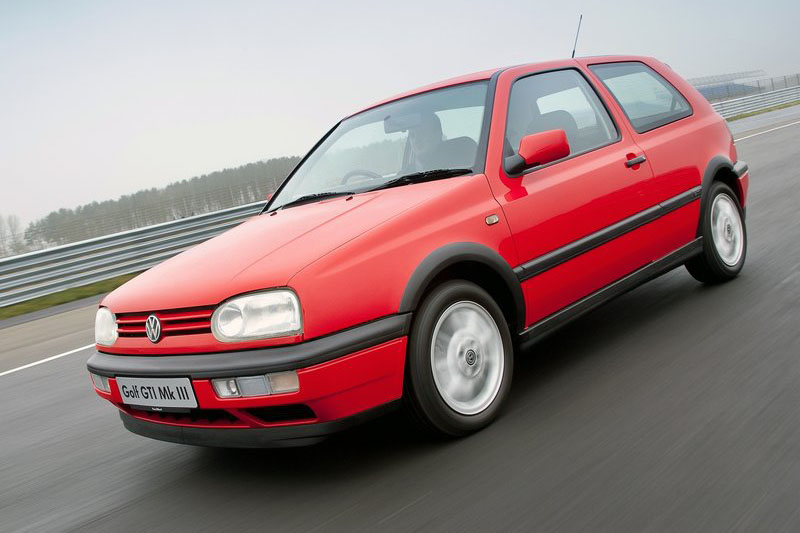
That variant arrived in 1991 carrying a slightly larger body but with the same unmistakable look that had come to define VW’s best-selling car.
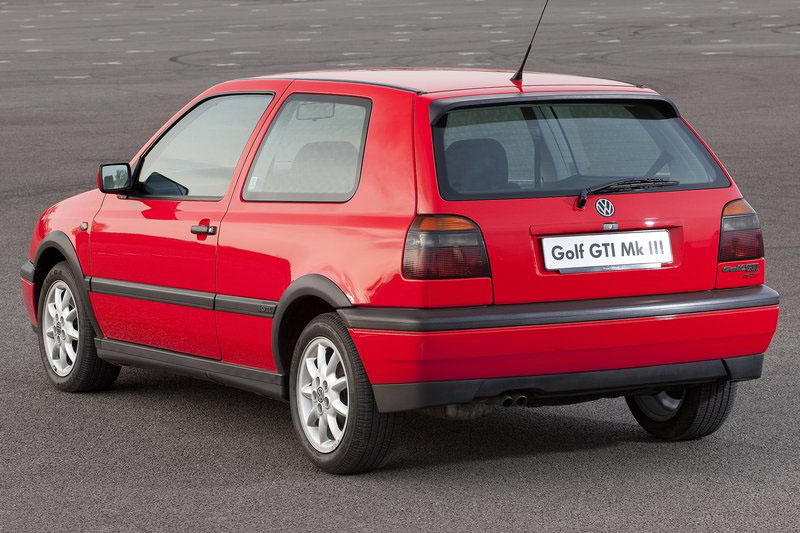
As with the Mk II, VW stuck with a more evolutionary approach for the Mk III GTI. The engines from the Mk II largely carried over…
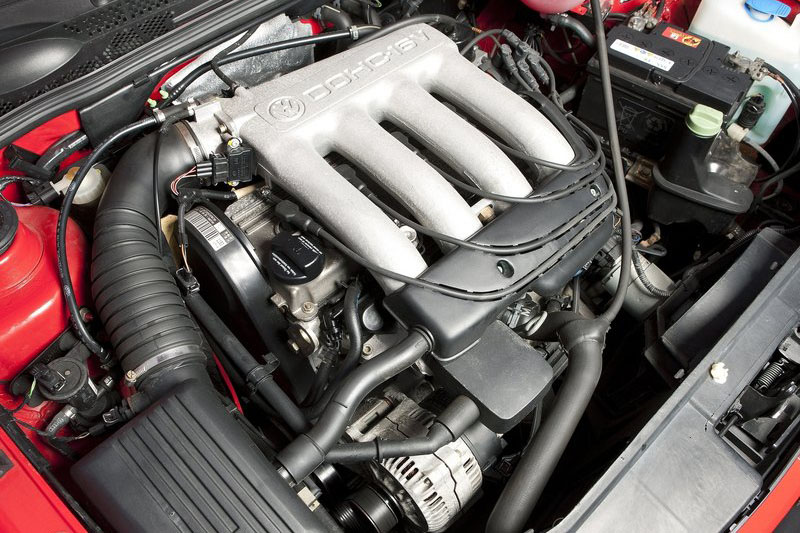
… including the potent DOHC, 16-valve four-cylinder, which now made an impressive 150ps in its two liter form.
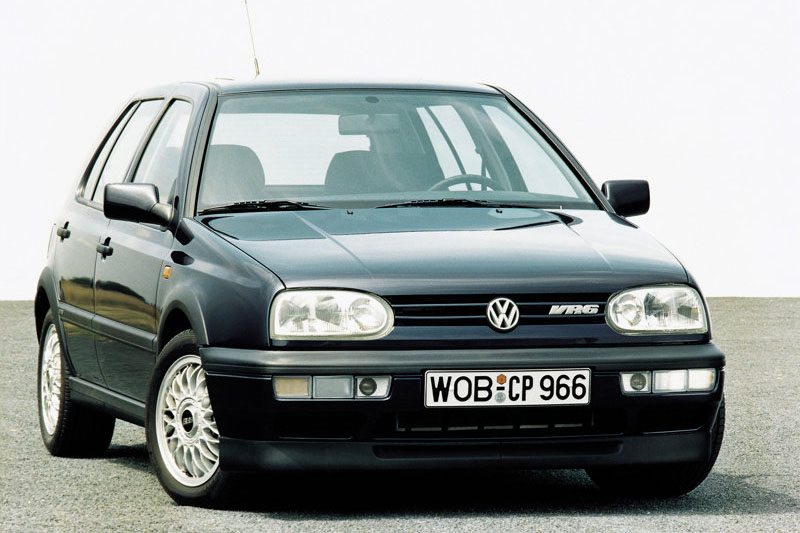
But for those that really wanted to get maximum performance from their car, the big news for this generation was the introduction of the 2.8L VR6 engine, which was offered in GTI-badged Golfs for the US market. The big powerplant quickly won over enthusiasts with its smooth powerband and distinct exhaust note, even if it was more thirsty than the four-cylinder offerings.
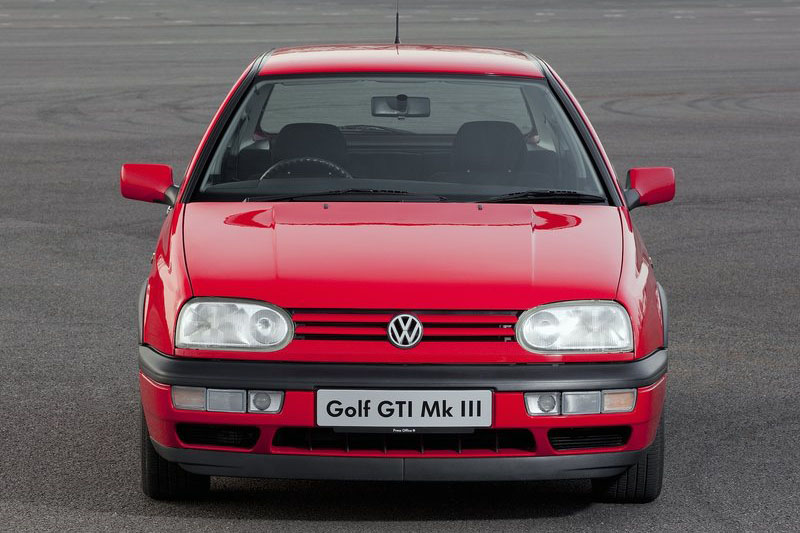
While the third generation car didn’t quite arrive to the same fanfare as its predecessors, it’s more recently picked up a strong enthusiast following, particularly when it comes to those VR6-powered models.
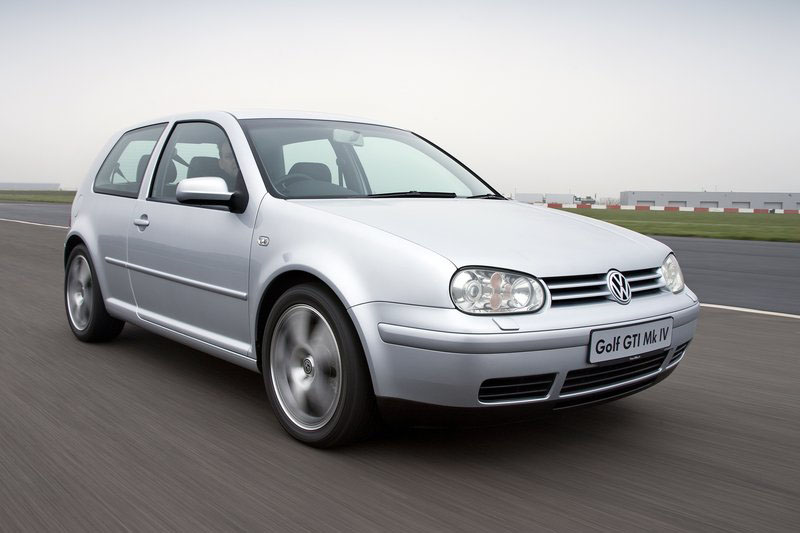
The fourth generation of the Golf appeared in 1997, and the Mk IV GTI brought with it a number of changes. For starters, the looks of the car were taken more upscale, with less distinction between the GTI models and the normal Golf.
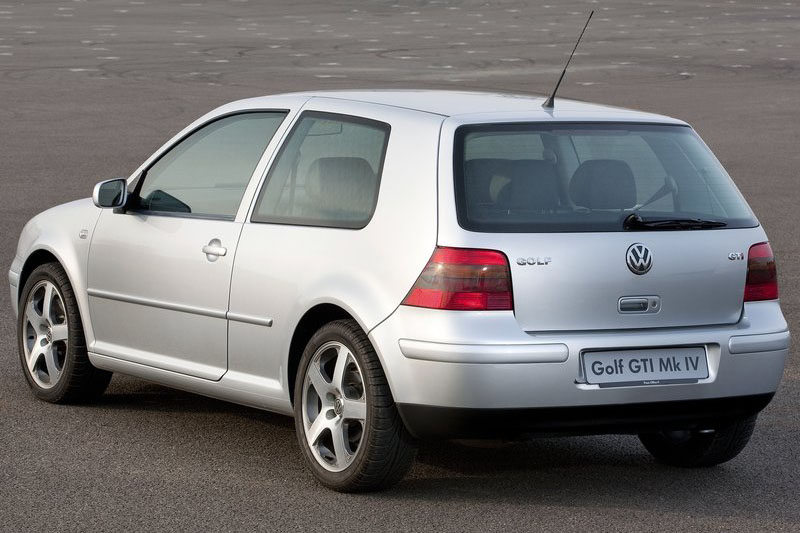
The Mk IV GTI also saw a number of different engine options, including diesel powerplants for the European market and in the US market the return of the VR6 in the high end GTI GLX trim.
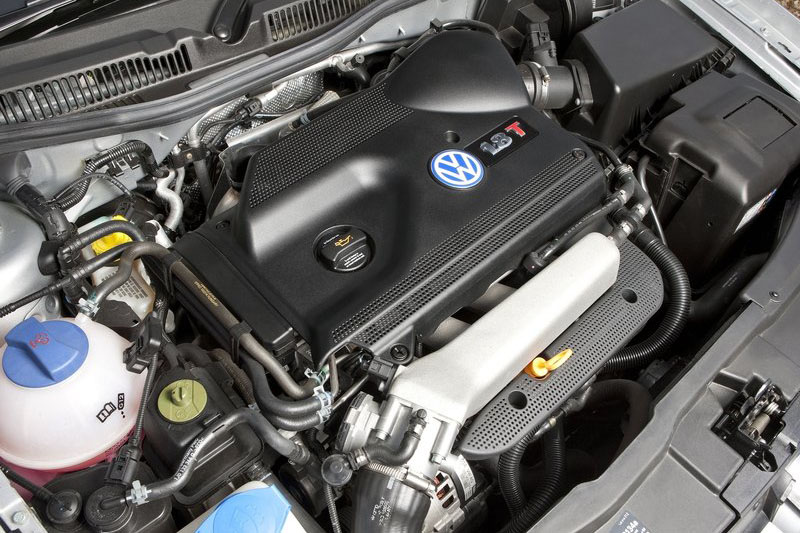
Also making its appearance in the Mk IV GTI was the new 20-valve 1.8L turbo motor, which made 180ps in its top form. It was an efficient and powerful engine that would signal the shape of GTIs to come.
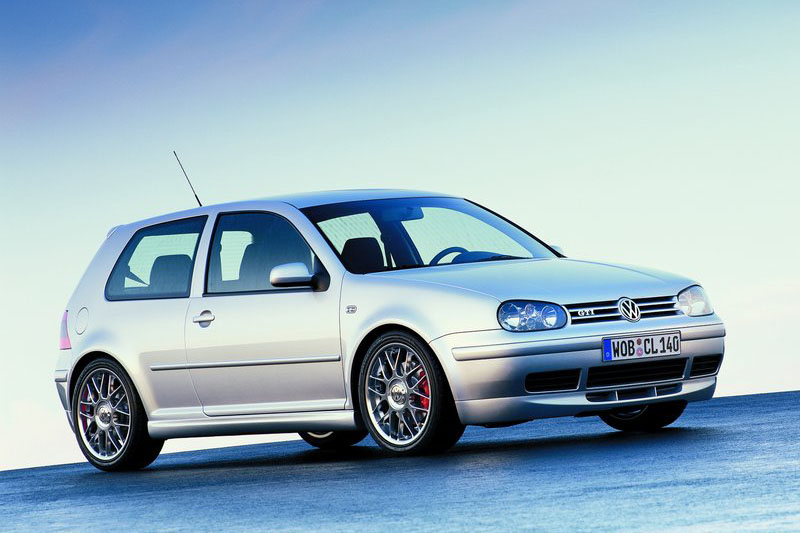
In 2002, to commemorate the 25th anniversary of the GTI, Volkswagen introduced a special edition of the car with unique bumpers, wheels, interior treatment and other details to set it apart from the standard GTI. In the US market, a similar version was known as the GTI 337 Edition. In 2003 VW would also release a special edition to mark the 20th anniversary of the GTI in the US.

In September, 2004 the new fifth generation GTI debuted in Paris. From a styling standpoint, the new GTI was a big step forward from the Mk IV. The car featured a distinct front end which brought back the red trim seen on the Mk I, as well as the plaid seats that also defined the early GTIs.
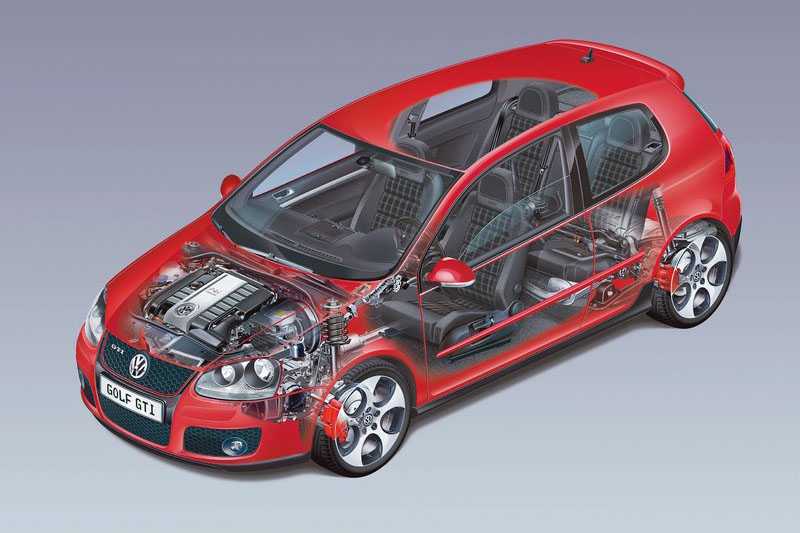
But the changes were much more than skin deep. Mechanically, the Mk V GTI was an entirely different car than its predecessor and it represented one of the most dramatic changes in the history of the car.
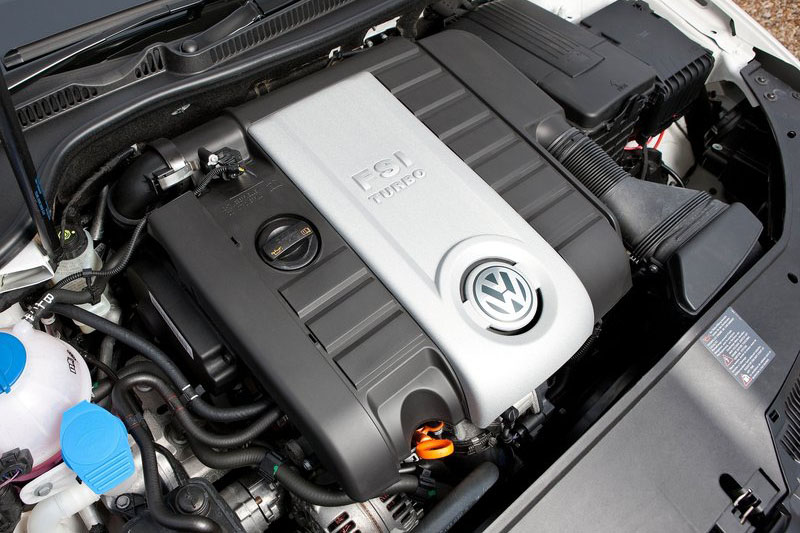
Powering the Mk V GTI was just one engine – a new 2.0-liter turbocharged four cylinder that made 200ps.
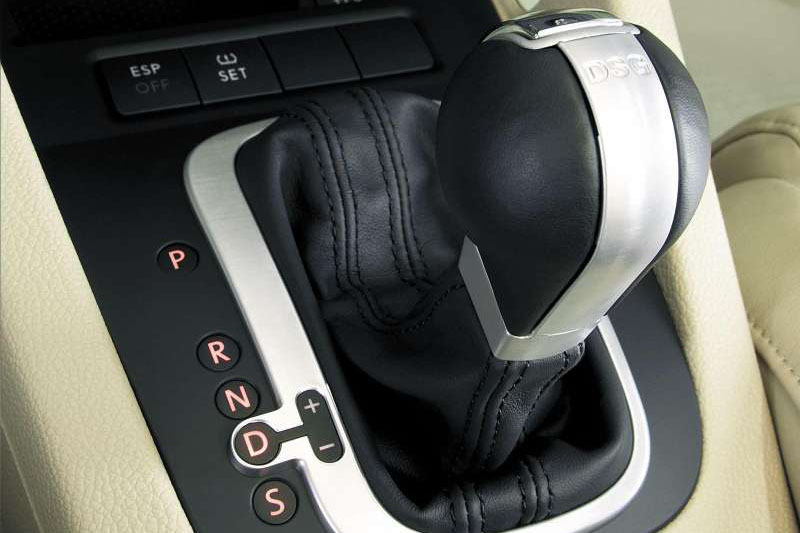
If so desired, the motor could be mated to VW’s new widely acclaimed DSG dual-clutch transmission. The result was a GTI that was both faster and more refined than ever.
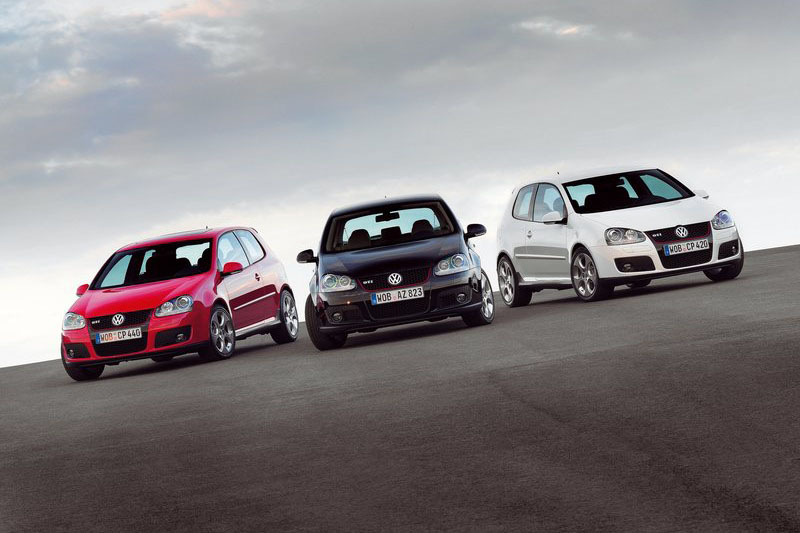
The changes to the car paid off, as the Mk V reignited excitement for the GTI around the world and helped return to the car to its former glory.
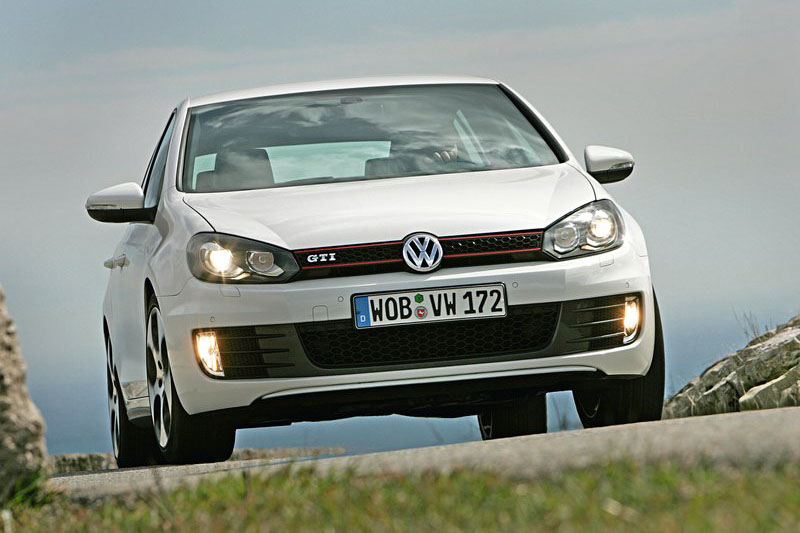
It’s not surprising then when the new Mk VI GTI arrived in 2009 it was essentially a heavily refined version of the Mk V.
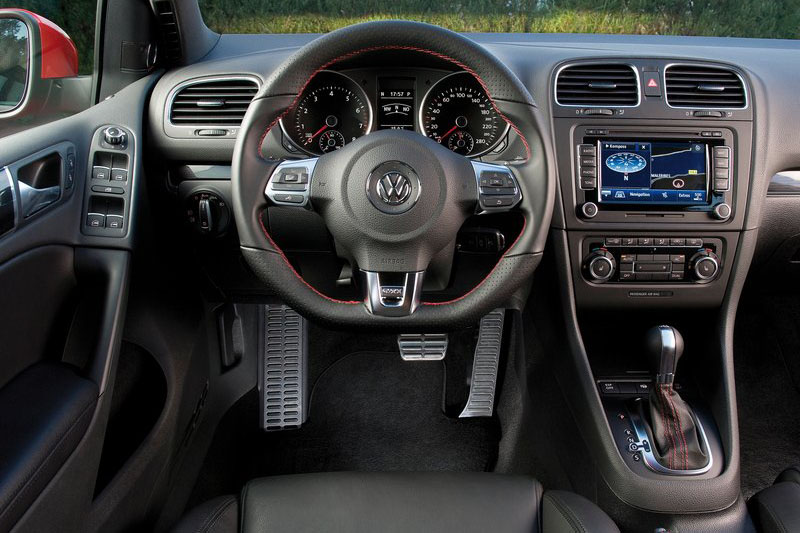
The sixth generation of the GTI continued where the Mk V left off, bringing more refinements to the interior, exterior, and powertrain while still relying on the old car’s architecture.
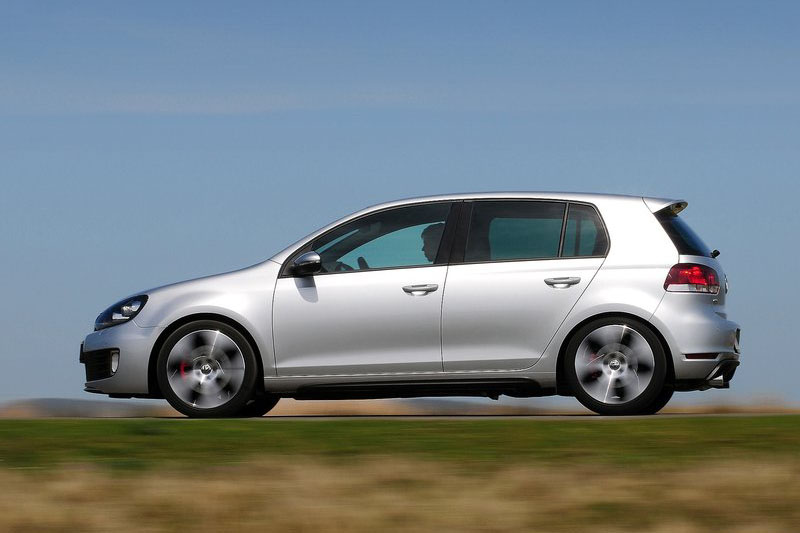
The evolutionary approach paid off once again, with the Mk VI GTI taking all of the same accolades that were placed on the Mk V.
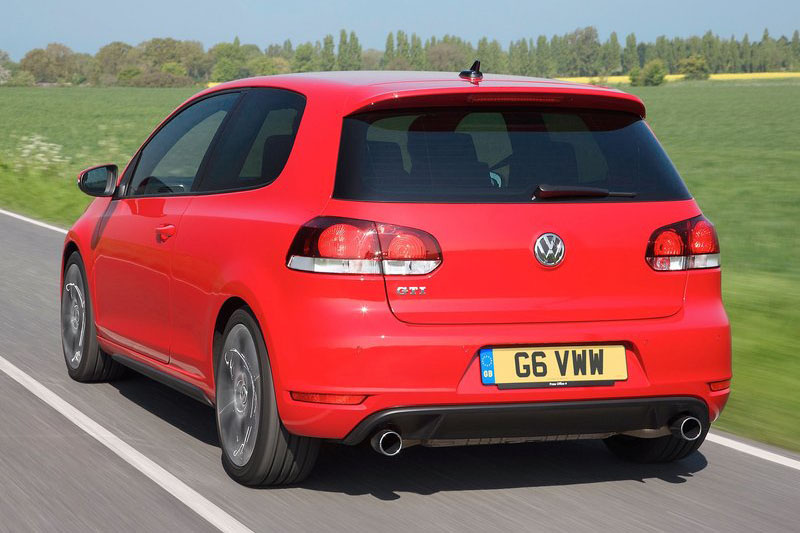
As I elaborated on during the update on my own Mk VI GTI daily driver, the car served as perfect blend of the GTI’s original ideals while being updated for the times.

The seventh and most recent chapter in the GTI story began last year with the introduction of the Mk VII GTI. While the car doesn’t look terribly different from the Mk VI, it’s based on the all new MQB platform, which also underpins a number of other VW Audi Group models.
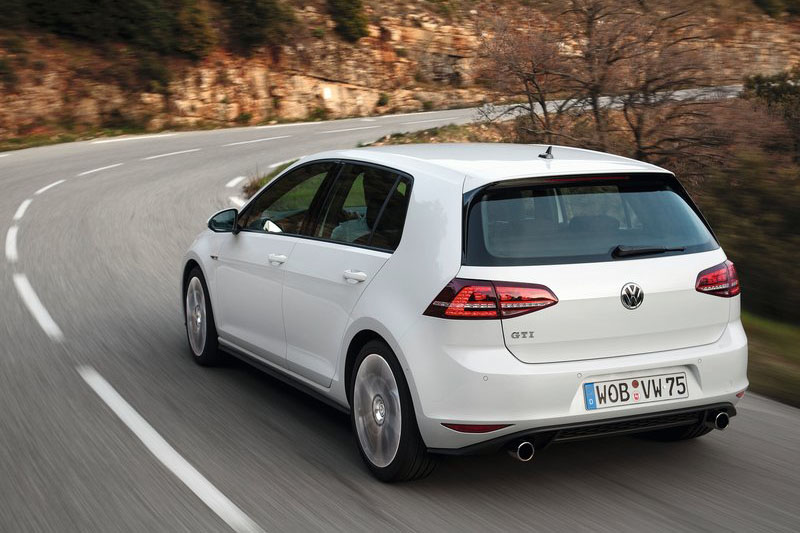
Although slightly larger than previous cars, thanks to its new platform the GTI is actually lighter than before. The proven 2.0L TSI engine remains in use, although it now produces more power than before with an optional performance pack bringing even more fun to the equation.
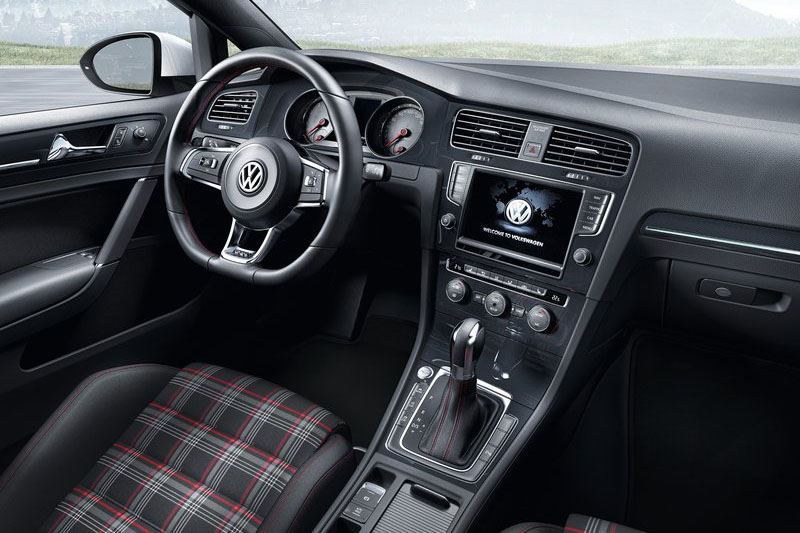
Once again, VW has seemed to create the perfect balance of performance, comfort, and usability with the Mk VII. I’m still anxiously awaiting the car’s American arrival so I can have my chance to jump behind the wheel.
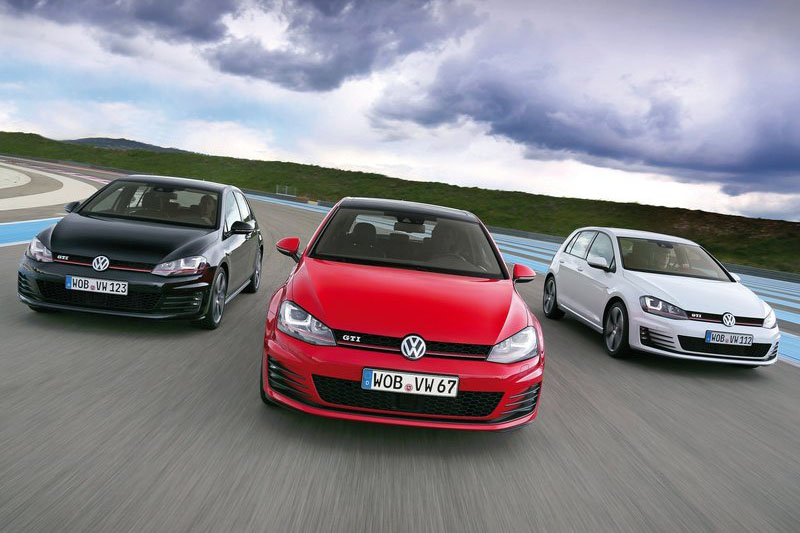
So there you have it, almost 40 years of GTI history. In many ways the car has changed completely over its seven iterations, but in other ways it’s very much remained the same. It’s still the original hot hatch, and a global icon that never seems to stop improving.
Mike Garrett
Instagram : speedhunters_mike
Email: mike@speedhunters.com






Good read!!
The seventh pic of the article (GTI grill, under the mk2 section) is of a mk1! I do miss a pic of the mk1 in it's first guise, with steel rims and metal bumpers.
anybody know where i can get hold of one of the 'Golf GTI Mk II' plates? would love one for my car
Great read! Rich history. Just traded in my 2013 TDI for a 2016 GTI with manual tranny + performance pack. The only option I didn't check was the adaptive suspension, I'm happy with the standard suspension and I don't do much on the track....yet, so no perceived loss. Interior is outrageously refined, and 2016 changed the infotainment head unit and now boasts Apple "CarPlay" which is pretty slick. Get the Autobahn edition and remember - for the Mk7 the manual is faster than the DSG!! (http://www.motortrend.com/news/2015-volkswagen-golf-gti-first-test/). Both Car&Driver and Motor Trend got 0-60 in 5.7 seconds or less (within 0.4 seconds of the manual Golf R), this thing is a screamer. I've been averaging 33MPG, simply not possible with the Golf R with the Haldex system. Cheers!!
Cool